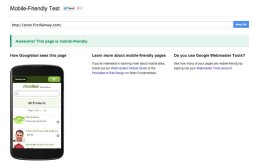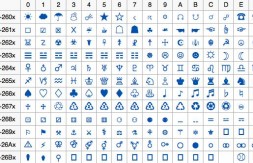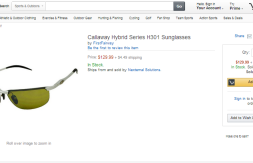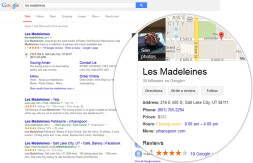Think Naming Your Online Products is Simple? Think Again. 5 Tips You Can’t Afford to Ignore

Many online merchants mistakenly approach the process of product naming for their online store no differently than they would approach the process of naming products sold in a physical storefront, or catalog. While they acknowledge the fact that the internet is a marketplace heavily rooted in search engine use, they often fail to TRULY pay significant respect to this concept when naming products. This seems like a slight oversight, but it’s a common error that hurts many merchants more than they realize.
How do product names affect search engine rankings?
For Nexternal stores and most web stores, each product is assigned its own web page. If you are a Nexternal customer, the product’s name is automatically integrated into that product page’s URL. Here’s an example of “Pistachio Cupcakes” from the Magnolia Bakery. (Note – if you are not a Nexternal customer, you should be sure to incorporate your product name into your URLs.) URLs are recognized as a very important element in search engine rankings of a particular page. So the contents of the URL will have a considerable effect on the page ranking of that particular product.
Multiple URLs within the same site with the same type of content will affect the “authority recognition” of the site for that content. For example, a site containing twenty product pages with the word “lotion” in the URL will get more search engine credit for “lotion” than a site with those same twenty lotion products, but without the word into the URL (assuming the sites are otherwise identical).
How should you optimize product names for search engines?
- Describe it: The product name should include some indication of what the product does. Many merchants just enter a product number. Consider the product name “S501” versus “S501 MP3 Player”. In Nexternal, the URLs would come out with something like http://storename/S501.aspx versus http://storename/S501-MP3-Player.aspx . The later clearly is a better URL for search engines.
- Add brand information (if relevant): If you’re selling your own products, you company name is probably already in your domain, and thus in all your URLs anyway, so adding your brand would be redundant and is not recommended. But if you’re selling branded products that are NOT your own, and shoppers are searching the web for these products, adding the brand to the product name could pull in more traffic. So add your brand to the product name, rather than indicating the brand in other areas (such as the category, product description, specs, etc.). Remember, this will not only help that product, but it will help your entire site rank for that brand. Consider this Jimmy Choo “Agnes” Pump http://storename/agnes-pumps.aspx versus http://storename/jimmy-choo-agnes-pumps.aspx.
- Use a few keywords: Include 2-3 of the most relevant keywords for which your site is trying to rank. These might be covered already by adding brand or descriptive information. If not, add a few more.
- Arrange keywords first: Search engines pay attention to the order in which terms used in the URL. Terms listed first are considered more important, so put your keywords first. Take the Jimmy Choo Agnes Pump example again http://storename/agnes-pumps-jimmy-choo.aspx versus http://storename/jimmy-choo-agnes-pumps.
- Refine: When you’re finished adding in all the juicy words, step back and take a look at the entire name. Does it make sense, or is it just a bunch of garbled keywords? Refine.
Use these tips for naming your web store’s products, and your store will be on its way to better search engine optimization, higher traffic, and bigger sales!
*Bonus – Note that in Nexternal, the product name is also used for the H1 Tag – another very important SEO element.














